Comparative Analysis of Intuit QuickBooks Enterprise 2020 versus Microsoft Dynamics 365 Business Cen
- Christian Riechert
- Apr 3, 2017
- 4 min read
As CBR Technology Corporation is a certified and authorized Partner for both the Intuit QuickBooks Enterprise and the Microsoft Dynamics 365 Business Central solution, we are often asked what exactly the differences between the solutions are. This article is meant to shed some light on this comparison. The system functionalities are often difficult to evaluate as to the importance of the Client. This document is not meant to portray a specific benefit from one solution to the other, but rather to highlight the factual features differences. Their importance of each feature is strictly a function of the system requirements of your organization.
Intuit QuickBooks is CLEARLY the most prolific accounting software in the United States of America and is used by many small and mid-size organizations alike. In addition, Intuit has developed an impressive Network of Professionals through the ProAdvisor and Premier Reseller Network. You are hard-pressed to find an Accountant or CPA which is NOT familiar with this solution. In addition, hiring temporary help is typically easier as there is no shortage of Applicants that have used QuickBooks in their past. Most reviews published about Intuit QuickBooks Enterprise identify an extremely ease-to-use accounting system. Most novice users can be trained in a minimal amount of time to transact in this system.
Although General Ledger, Accounts Receivable and Accounts Payable functions are important, we have found that the truly mission-critical features can be found in the other modules of the Solutions discussed. Especially firms that operate in the distribution-wholesale, manufacturing, and service management industries will experience significantly different functionality.
What are the specific Software features differences between QuickBooks Enterprise Platinum and Microsoft Dynamics 365 Business Central?Inventory FeaturesQuickBooksBusiness CentralInventory Valuation MethodsAverage, FIFOLIFO, FIFO, Avg, Standard, SpecificProduct Matrix or Product Version TrackingNoYesSupport for Lot Numbers and/or Serial NumbersEither LOT or SN, not BothAny item can be none, Lot No or SerialAuto Assign new Lot Numbers or new Serial Numbers during Production or AssemblyNoYesSupport for LOT Expiration DatesNoYesAbility to track Manufacturing or Warranty Dates for specific Lot Numbers or Serial NumbersNoYesAbility to track Item Landed CostYes, Fixed & Percentage (added in 2020)Fixed, Percentage, ActualsSupport for multiple Bar Codes for different UofM of the same Item (ie. single Unit versus case pack)NoYesAbility to prevent Negative Inventory for specific ItemNoYesAbility to set Stockout Warning for Specific itemNoYesAbility to set Lead Time per ItemNoYesAbility to set Item Replenishment Method per ItemPurchase, AssemblyPurchase, Assembly, Production OrderAbility to Interface IV with native Manufacturing ModuleNoYesAbility to interface with native Warehouse ManagementNoYesSupport for Cycle Count per ItemNoYesAbility to track multiple Customer Item No (Cross Reference)NoYesAbility to track multiple Vendor Item No (Cross Reference)NoYesAbility to track Substitute ItemsNoYesAbility to track extended descriptions which are date triggeredNoYesSupport for non-English Item Description (multiple Languages)NoYesSupport for pricing which is based on Qty Breaks and DatesNoYes
In addition to the inventory management module, the Customer and Sales Order Entry features tend to interest Distribution/Wholesale companies greatly. Some of the differences in this area of the solutions include:Customer and AR FeaturesQuickBooksBusiness CentralAbility to Block Shipments, Invoices or All Trx per CustomerNoYesAbility to assign Customer to an internal TeamNoYesAbility to handle transactions in multiple currencies for the same CustomerNoYesAbility to handle customer prepayments with GAAP complianceNoYesAbility to track Customer Banking info for EFTNoYesTrack non-US Calendar for SO CommitmentsNoYesAbility to track Blanket Orders (Large customer commitments against individual sales orders)NoYesAbility to interface with native Service Management ModuleNoYesDefault Shipping Times for Promised Ship DatesNoYesAbility to assign default documents to specific CustomerNoYesAbility to track UPS Zone per Ship-to AddressNoYesAbility to default Warehouse per Ship-to AddressNoYesAbility to default Shipping Method per Ship-to AddressNoYes
Vendor and Purchase Order Entry features tend to interest Distribution/Wholesale companies greatly. Some of the differences in this area of the solutions include:Vendor and AP FeaturesQuickBooksBusiness CentralSupport for Vendor Purchase Quotations (RFQ Process) and the ability to turn Quote into OrderNoYesAbility to assign a Vendor to an internal Team for processingNoYesAbility to handle transactions in multiple currencies for the same Vendor (FASB-52 Compliance)NoYesAbility to handle Vendor prepayments with GAAP compliance (mandatory for Importers)NoYesAbility to track Vendor Banking info for EFT Payment processingNoYesAbility to maintain Vendor-specific Purchase Order formatsNoYesAbility to track Purchase Blanket Orders (Large vendor commitments against individual purchase orders)NoYesAbility to process Vendor Purchase Return Transactions (reverse PO)NoYesAbility to auto-create Purchase Orders based on inventory levels and replenishment methods including maximum inventoryNoYesAbility to assign default documents to specific CustomerNoYesAbility to approve Purchase Orders using workflow process based on PO Amount in Office 365 or via e-mailNoYesAbility to approve the creation of a new Vendor with a workflow process (On-Boarding)NoYesAbility to default Shipping Method per Ship-to AddressNoYes
Microsoft Dynamics 365 Business Central is offered in two versions. Essentials and Premium. The Premium Edition will also include a native Service Management, Manufacturing (MRP) and Warehouse Management (WMS) module. QuickBooks Enterprise 2020 does not offer any of these features natively.
In addition to module-specific features, some of our Clients are also interested in system-wide feature and the system architecture.System FeaturesQuickBooksBusiness CentralDatabase ManagementProprietary 16-Bit Database, 100,000 record limitation, Datafile Size should be no more than 1GB, no more than 30 UsersMicrosoft SQL Server (64-Bit), Highly Scalable, no practical data limits, No number of user limitSupport for native Web ClientNoYesSupport for native iOS ClientNoYesSubscription vs LicenseSubscription OnlyOnPrem License and SubscriptionWorkflow Management with Electronic AuthorizationNoYesSupport for Windows AuthenticationNoYesAbility to modify native Pages/WindowsNoYesAbility to modify Navigation MenuNoYesUser Security to include Table FiltersNoYesAbility to limit Date Entry to Range of transaction entry (lower and upper date range, not just lower)NoYesTotal Number of Maximum Users30No practical LimitNative Support for Odata, SOAP Web ServicesNoYesNative User-Interface Language SupportEnglishEnglish, French, Spanish, +-
There are additional feature differences that are beyond the scope of this article. For additional information, please feel free to contact us directly at Tel. (855) 227-0700 or via e-mail at Sales@CBRTechnology.com .








Comments